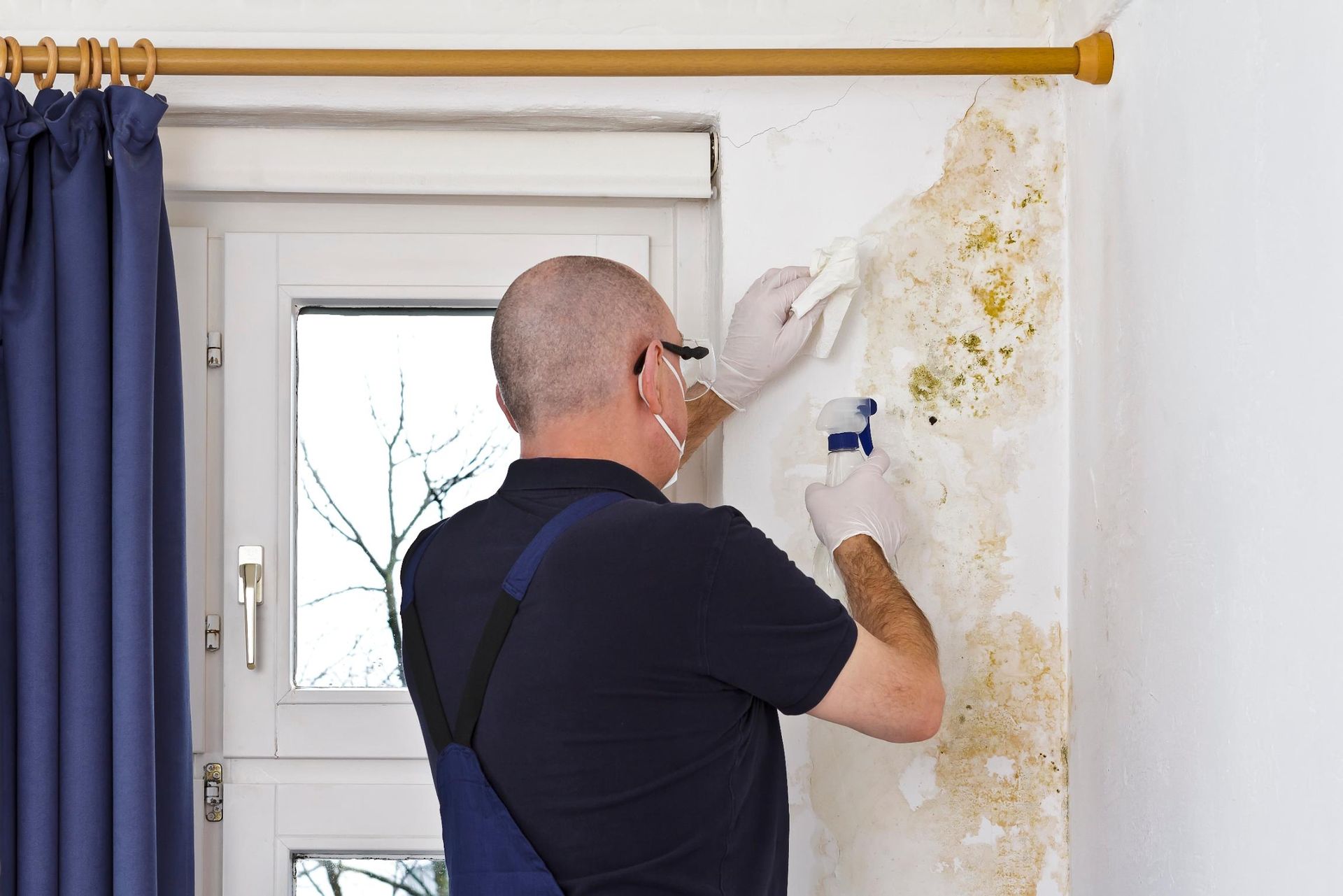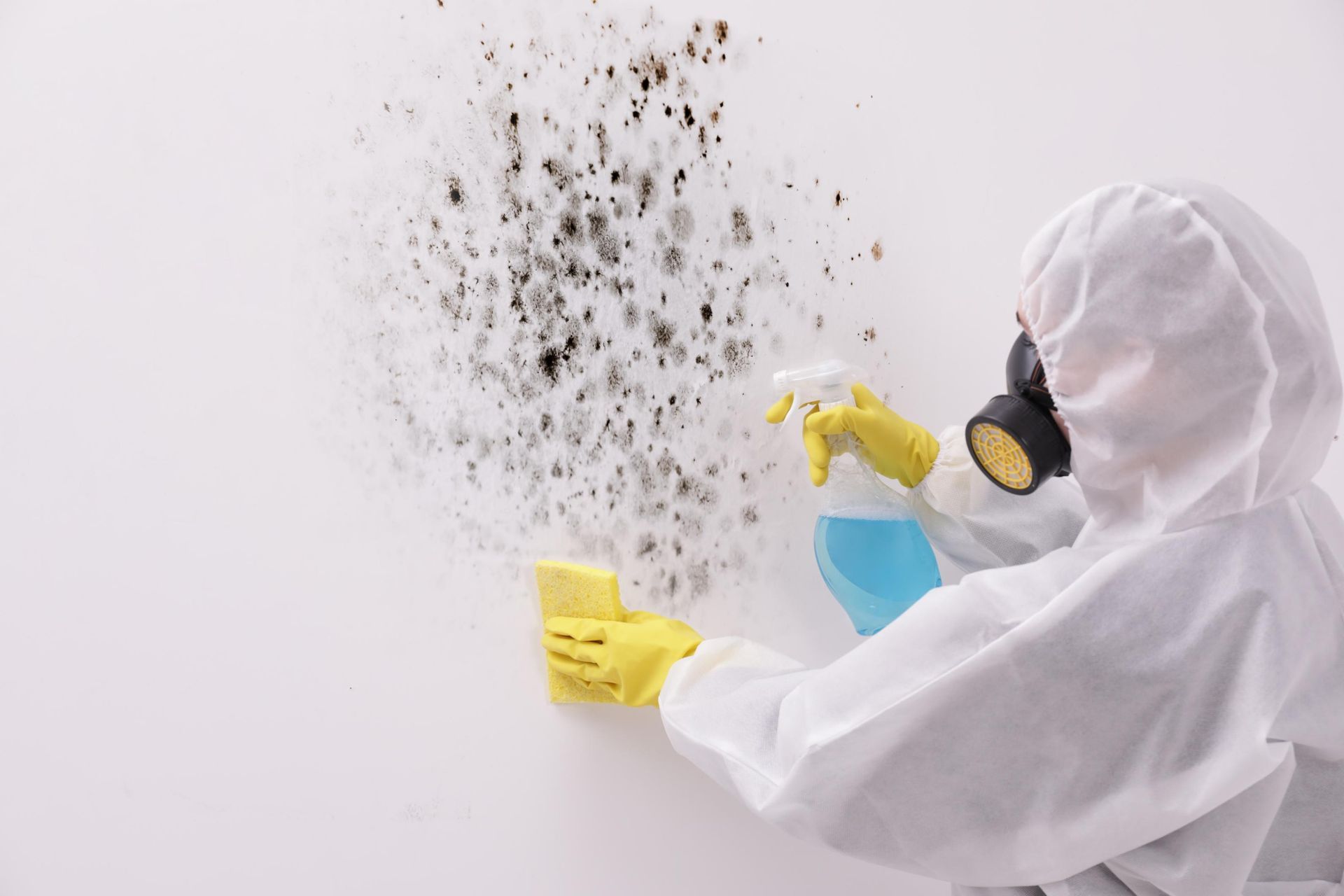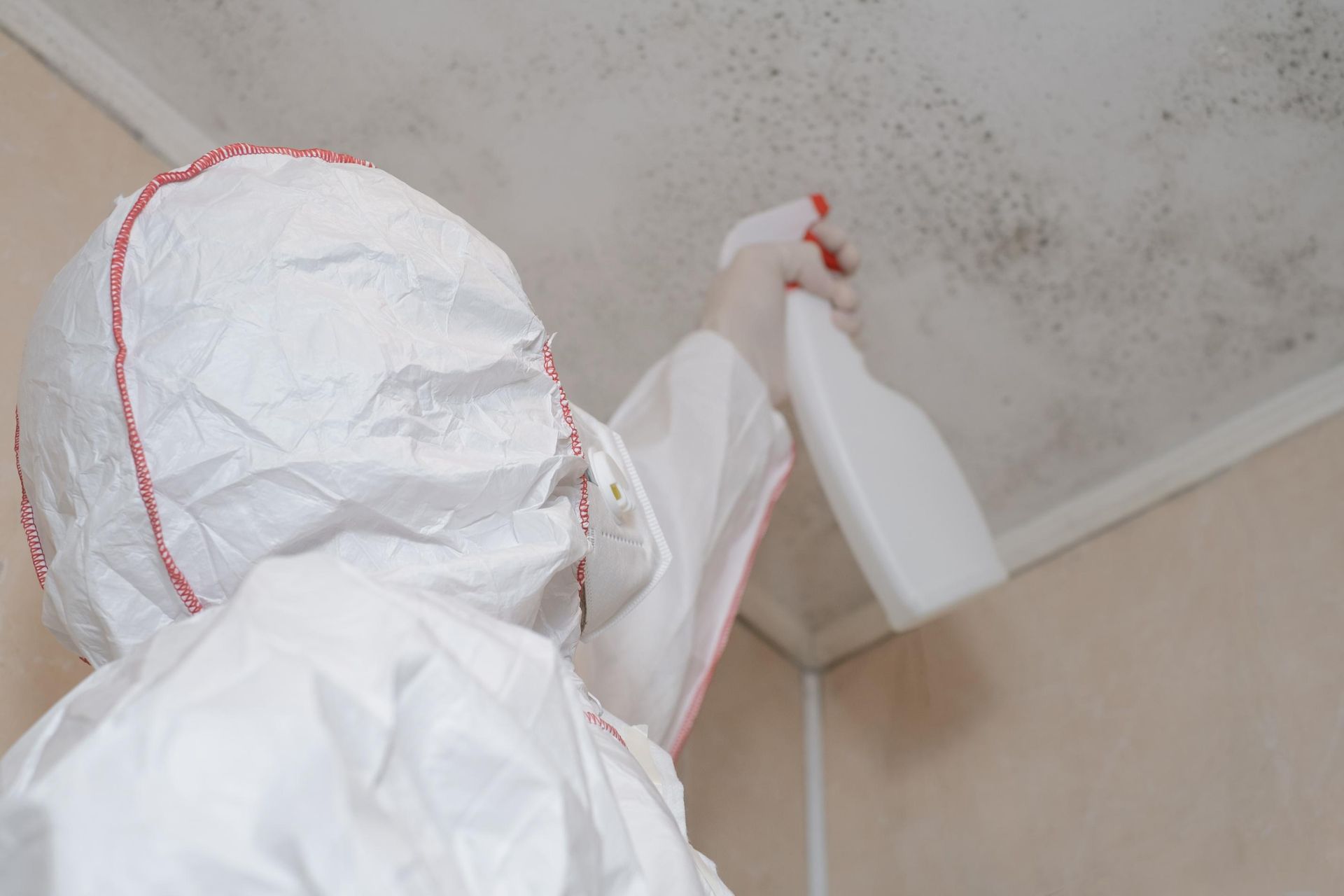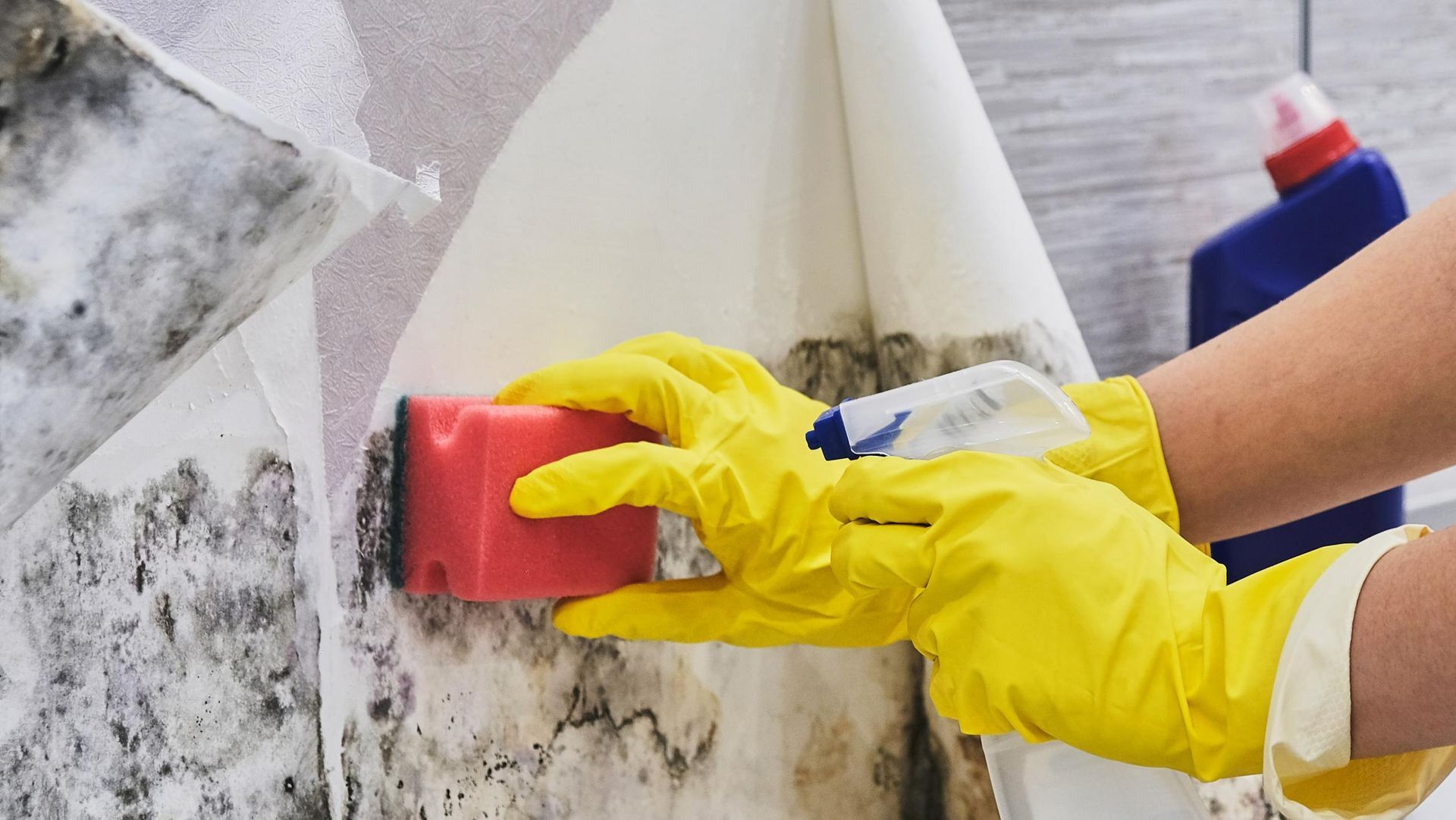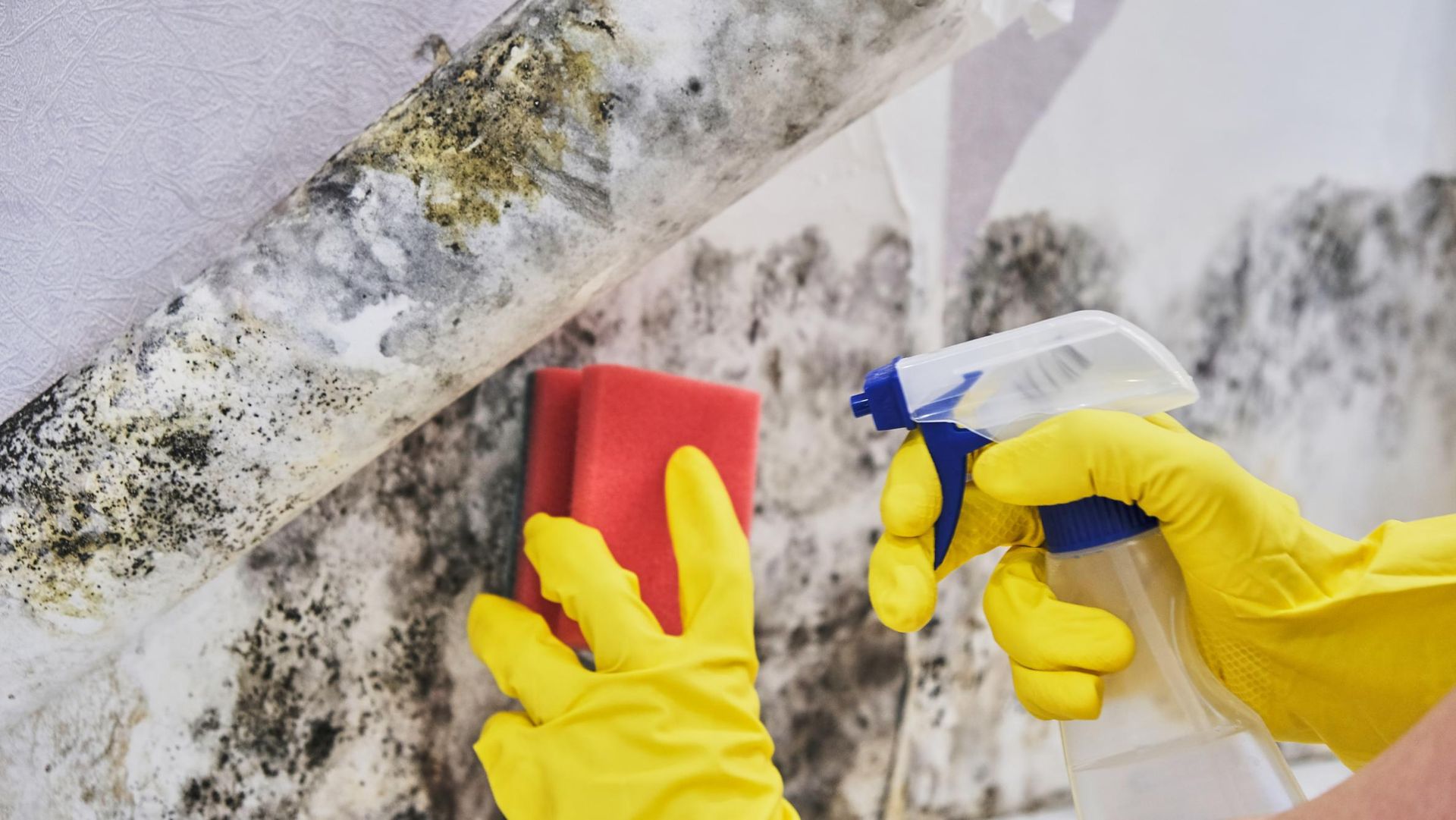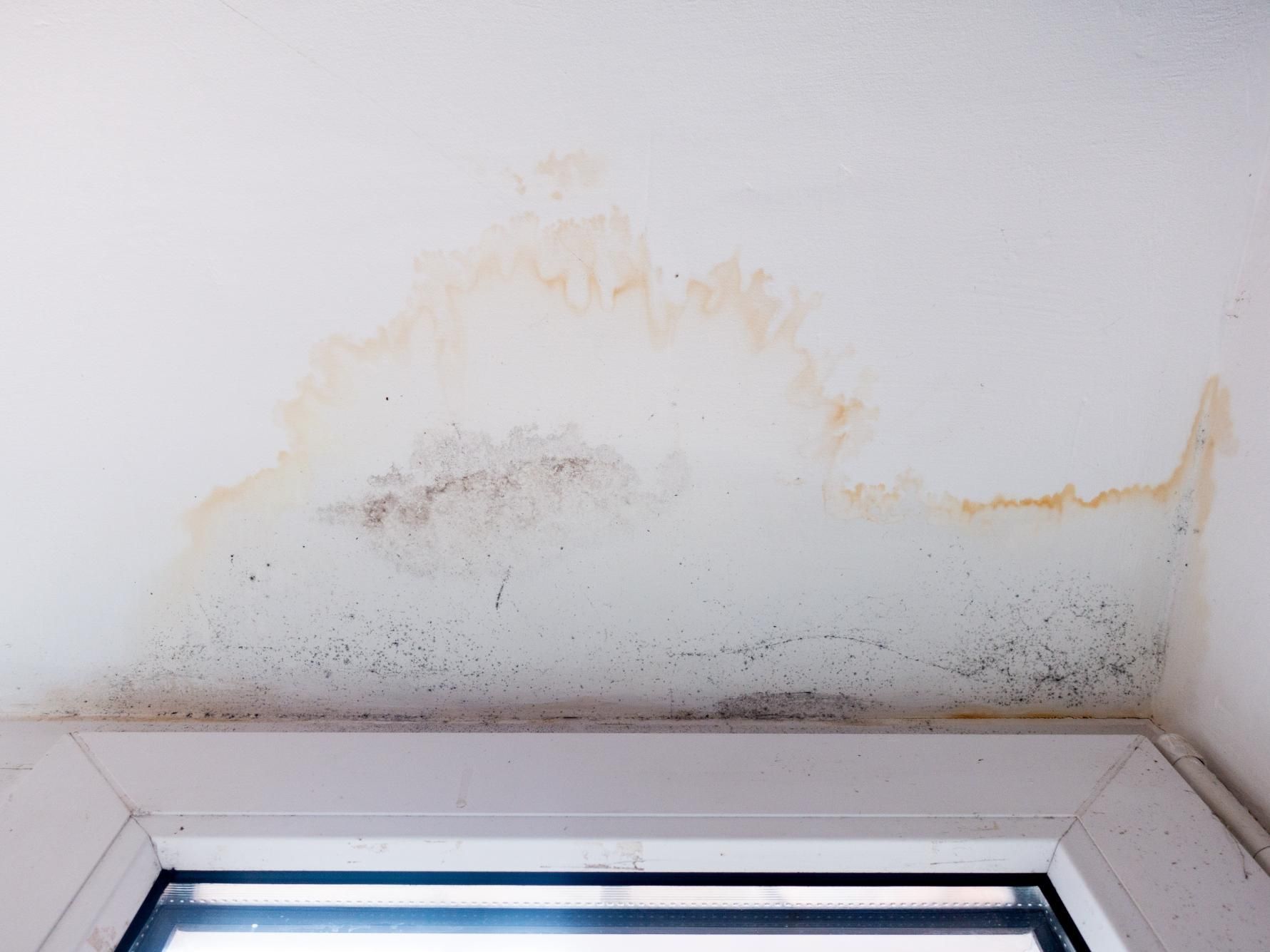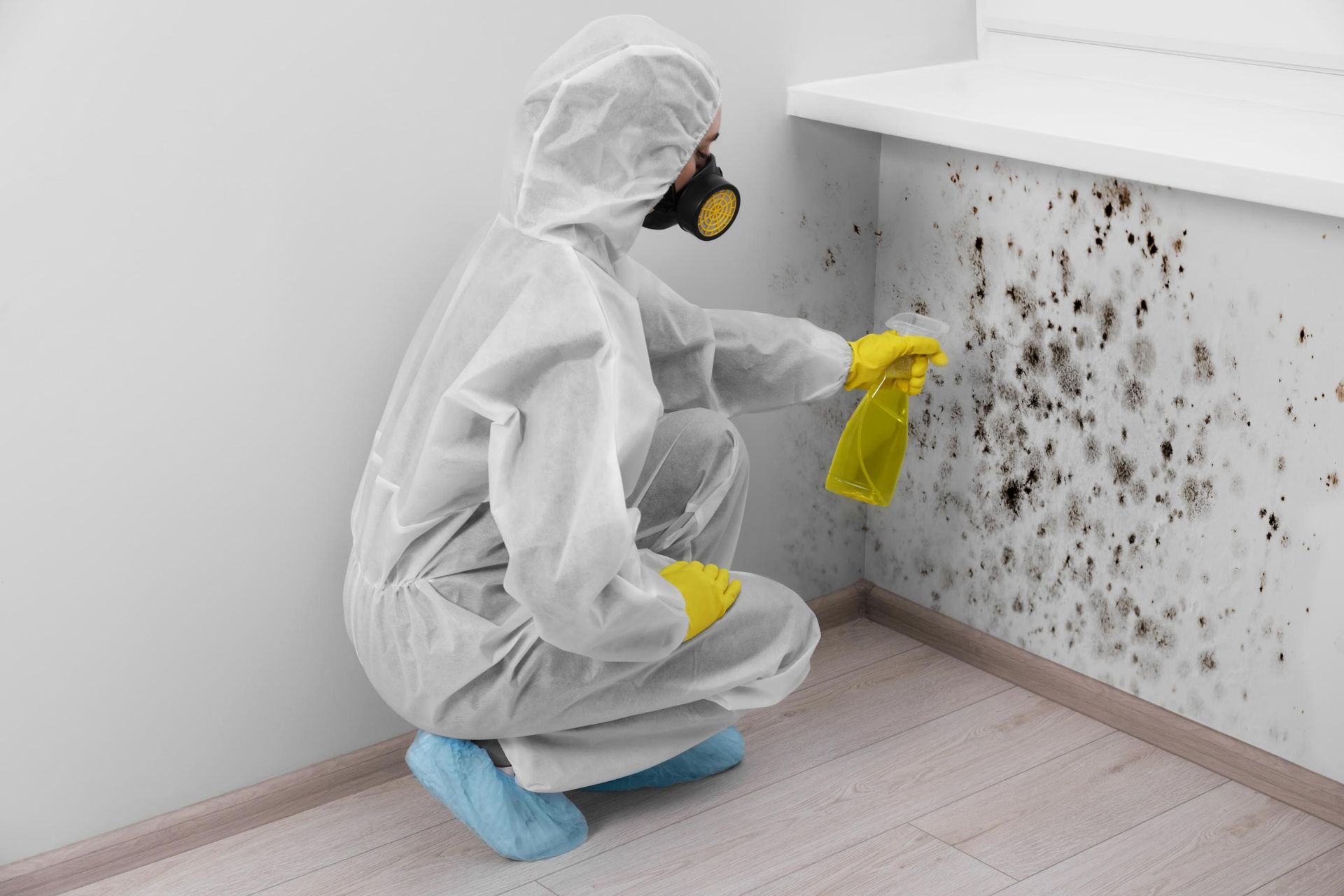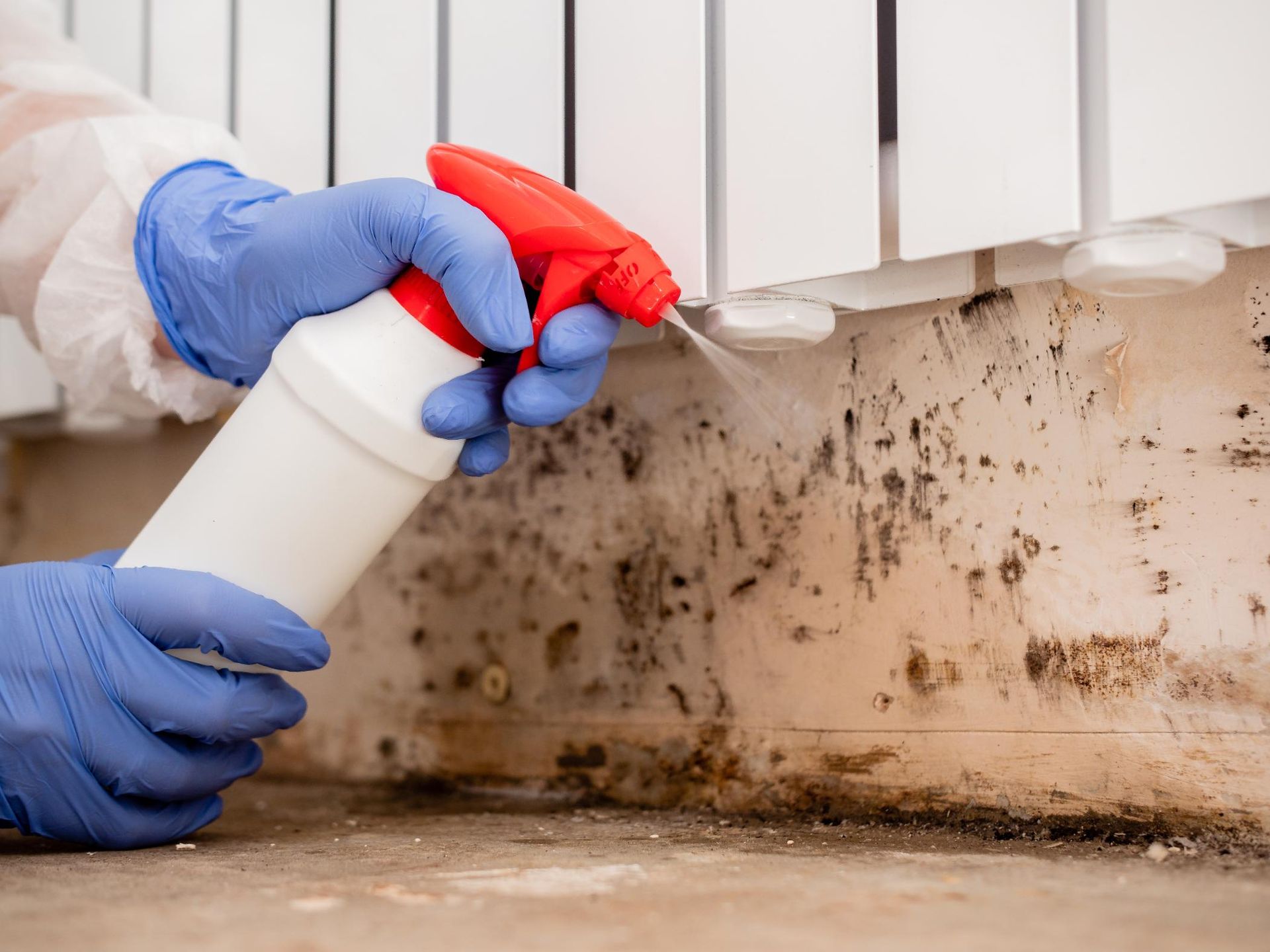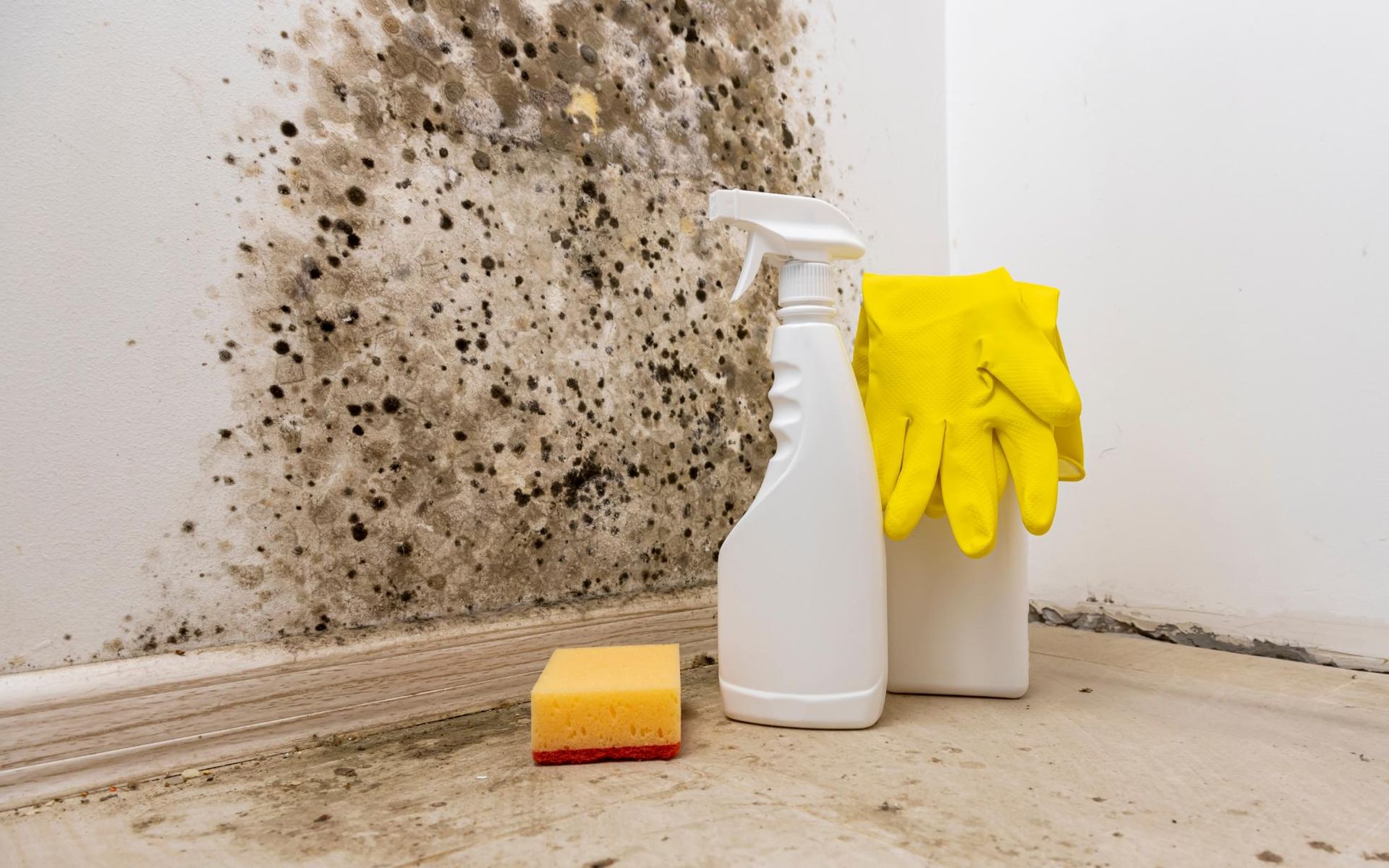Inspection Preparation and Sampling Techniques
Mold Inspection in Baltimore
Before a mold inspection in Baltimore, it is crucial to prepare the property and follow appropriate sampling techniques to ensure accurate and reliable results. These techniques involve:
Property Preparation
- Remove personal belongings: Clear out all personal belongings, such as clothing, furniture, and valuables, from the inspection area.
- Open windows and doors: Ventilate the property by opening windows and doors to minimize the potential spread of spores.
- Clean surfaces: Wipe down surfaces with a damp cloth or use a vacuum cleaner with a HEPA filter to remove dust and debris that may interfere with sampling.
Sampling Techniques
Mold samples can be collected using various methods, each with its advantages and limitations.
Air Sampling
- Spore traps: Utilize spore traps, which passively collect airborne mold spores over a specific period.
- Air pump and cassette: Attach an air pump to a cassette containing a filter to actively draw air and collect mold spores.
Surface Sampling
- Swab samples: Use swabs to collect samples from surfaces where mold is suspected.
- Tape lifts: Apply tape to surfaces to collect mold spores or fragments.
Bulk Sampling
- Bulk samples: Collect samples of suspected mold-contaminated materials, such as drywall or insulation.
Sampling Considerations
- Moisture sources: Identify and document any potential moisture sources that may be contributing to mold growth.
- Sampling areas: Target specific areas for sampling, including areas with visible mold, moisture damage, or prior mold problems.
- Sample handling: Properly label, store, and transport samples to prevent contamination or degradation.
Report Interpretation
After sampling, a qualified inspector will analyze the results and prepare a report. The report may include:
- Identification of mold species: Identify the types of mold present and their potential health effects.
- Assessment of mold levels: Compare spore counts to industry standards to determine if mold levels are elevated.
- Recommendations for mitigation: Provide specific recommendations for mold remediation, including cleaning, repairs, and moisture control measures.

